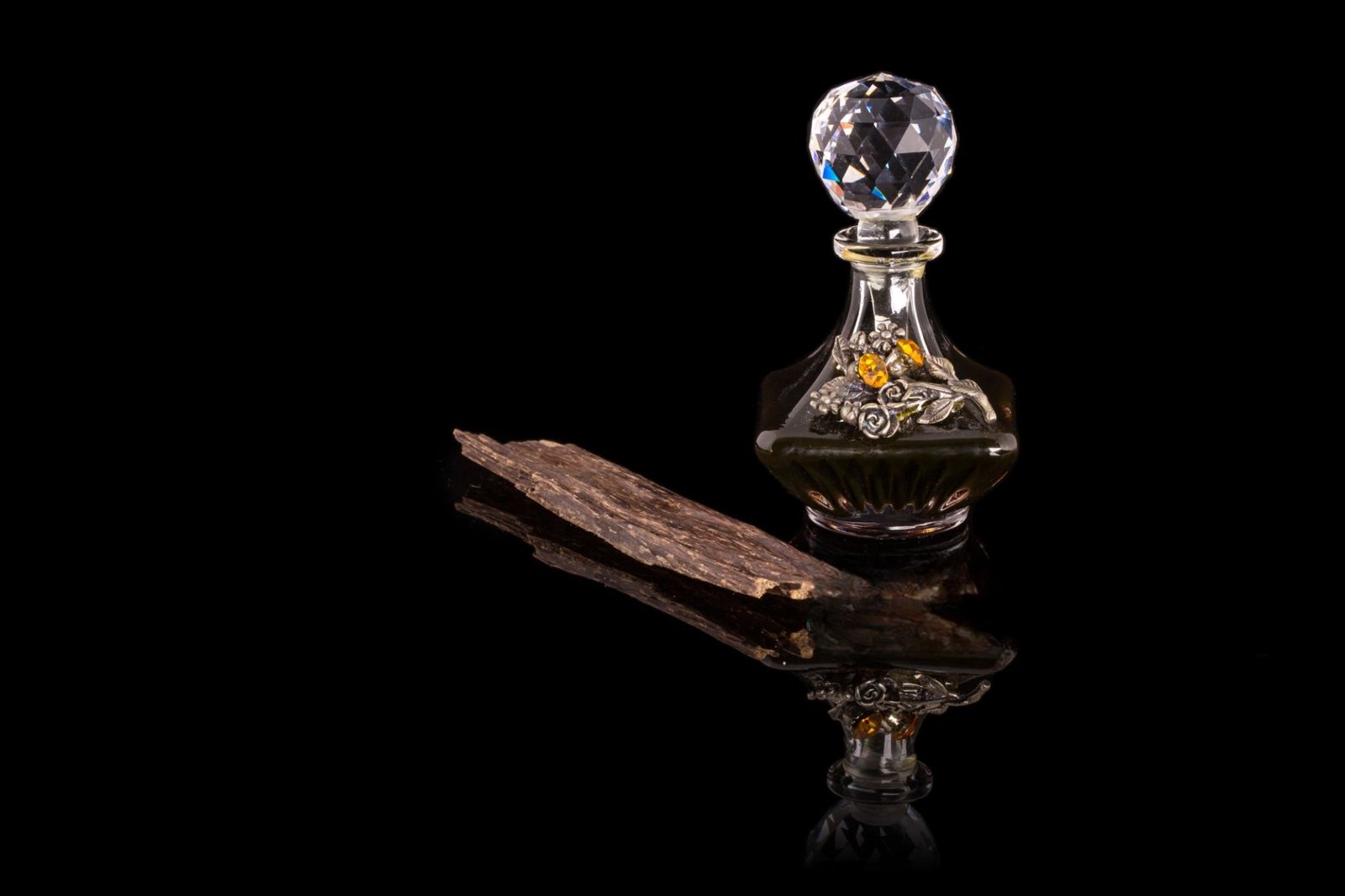Agarwood is a journey through time, where its scent intertwines with other fascinating "breezes," evolving into a natural treasure.
I. The Formation of Agarwood: A Miracle of Nature
The formation of agarwood is actually the defense mechanism of the Aquilaria tree against fungal invasion. When the tree is injured by scratches, insect infestations, or disease, it becomes infected by mold, causing the resin within the tree to undergo a series of changes. Eventually, this resin transforms into a fragrant oil with a unique aroma, known as agarwood.
- Agarwood can be harvested year-round, but for artificially induced agarwood, spring is the best time to allow the fungi to continue growing after harvesting.
- Select the trunk parts that have condensed dark brown or brownish resin with an aromatic scent. Cut and remove these parts, leaving the living tree to continue producing resin. The resin extends from the trunk to the roots, which should also be dug up and collected.
- After harvesting, use a sharp knife to remove the white and decayed parts of the trunk and roots, then let them dry in the shade.
- Further refine the wood using a small chisel and carving knife with a semi-circular blade to remove the light, non-resinous white wood and decayed parts, leaving behind the dark, dense resinous wood. Process it into blocks, slices, or small pieces, and let it dry in the shade to become a marketable product.
For thousands of years, agarwood has been widely used across various cultures. Traditional Chinese and Indian medicine have long documented its medicinal properties. The Old Testament of the Bible mentions agarwood being used to make perfume, and these practices continue to this day. The revival of the incense culture has reignited interest in agarwood.
II. The Ritualistic Japan
In Japan, the refreshing aroma of agarwood is particularly favored by the samurai class. During the Muromachi period, agarwood and other fragrant woods became the main ingredients in Japanese incense culture. The era of Shogun Ashikaga Yoshimasa established the foundation of Japanese Kōdō (the Way of Incense), developing specific tools and methods for appreciating incense, thus forming the art of Kōdō.
The samurai class enjoyed incense appreciation, using agarwood before battles to calm their minds, highlighting the psychological impact of its aroma.
- The evaluation of agarwood led to a classification system known as “Rikkoku Gomi” (Six Countries, Five Flavors). The “Six Countries” refer to the characteristics of the fragrance, represented by Kyara, Rakoku, Manaban, Manaka, Sumotara, and Sasora.
- The “Five Flavors” are represented by sweet, sour, spicy, salty, and bitter. However, these are no longer the sole criteria for judging the fragrance of agarwood.
III. The Extravagant Arabs
- In Arabic, agarwood is called “dehn al Oud,” meaning “fat of the wood,” referring to the resin of the agarwood tree.
- In Arab countries, the aroma of Bakhoor often fills five-star hotels, lounges, and private homes, creating a pleasant atmosphere.
- Bakhoor is a unique incense product in the Arab region, made from agarwood, frankincense, ambergris, and other spices. It is simple to use: place the Bakhoor on a charcoal or electric burner, and the fragrant smoke will permeate the entire room.
- Bakhoor has a history of thousands of years, originally used by Levantine nomadic tribes who burned agarwood chips to fill the air with fragrance and repel insects and evil spirits.
- Agarwood-based Bakhoor remains a staple in Arab incense. To make it, agarwood chips are soaked in jasmine and sandalwood to mellow the strong scent or in amber and citrus essential oils to add a refreshing note. The chips are then pressed into flat, square blocks and divided into equal portions.
This incense-making technique is similar to ancient Chinese methods like “flower-infused agarwood” and “flower-steamed agarwood,” where agarwood absorbs the scents of other spices to enhance its aroma. The Chen’s Compendium of Incense describes a method of soaking agarwood in oil:
“Take one tael of agarwood, cut into large pieces, and soak in storax oil in a non-porous ceramic container. Seal and soak for a hundred days, then burn. Adding rose water enhances the fragrance.”
Rose water, originally introduced to China from the Arab region, shows the deep connection between Arab and Chinese incense cultures.
IV. The Elegant and Refined China
In Chinese incense culture, agarwood is one of the “Four Great Incenses,” alongside sandalwood, ambergris, and musk. Another saying refers to “Chen Tan Long She,” where “Long” represents borneol.
- Although the royal family extravagantly burned agarwood directly—Emperor Yang of the Sui Dynasty burned dozens of carts of agarwood every New Year’s Eve—it was the literati who elevated incense use and production to an art form, adding refinement and sophistication.
- During the Northern and Southern Dynasties, Tao Hongjing documented agarwood as “essential for incense makers.” Its cool, gentle, and elegant aroma harmonizes the properties of various incense ingredients, making it a crucial component in incense blends.
Agarwood frequently appears in incense recipes, often as the primary ingredient. Traditional incense blending is similar to Chinese herbal medicine, following the “monarch, minister, assistant, and envoy” principle. The “monarch” ingredient, like agarwood, plays a decisive role in defining the fragrance.
Among the various sources of agarwood, ancient Chinese literati favored Hainan agarwood. Fan Chengda of the Southern Song Dynasty praised Hainan agarwood in Guihai Yuheng Zhi for its lotus-like elegance, plum-like fragrance, and fruity sweetness. Just a small amount could fill the air with fragrance, and even when burned on charcoal, it never became harsh or acrid.
Thus, the agarwood used in ancient incense blends was often high-quality Hainan agarwood. Agarwood was not only a key ingredient in incense but also a medicinal herb. During the reign of Emperor Yongzheng of the Qing Dynasty, the highest grade of agarwood, known as “Kynam,” was an essential ingredient in making “Ping’an Pills.” In the late Qing Dynasty, due to the scarcity of Kynam, “sinking agarwood” was often used as a substitute.
Medical texts describe agarwood as “strengthening the kidneys, warming the spleen, and regulating all forms of imbalance in the body.” It is particularly suitable for summer use, as it can both nourish the kidneys and dispel internal heat.
The famous Northern Song poet Zhou Bangyan wrote a short poem describing the burning of agarwood to dispel the damp heat of summer:
"Burn agarwood, dispel the humid heat. Birds call in the clear sky, peeking at the eaves at dawn.
The morning sun dries the night's rain on the leaves, and the water's surface is clear and round, with lotus leaves lifted by the breeze."




